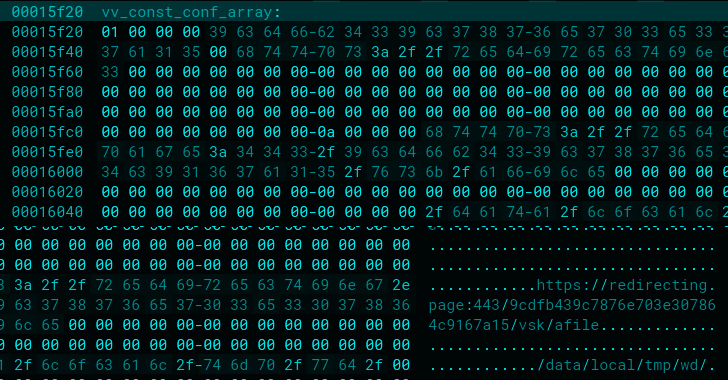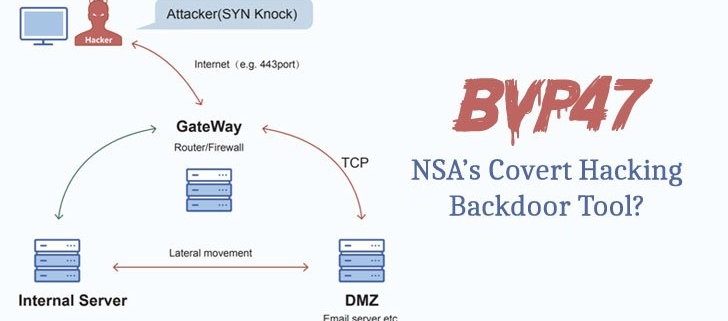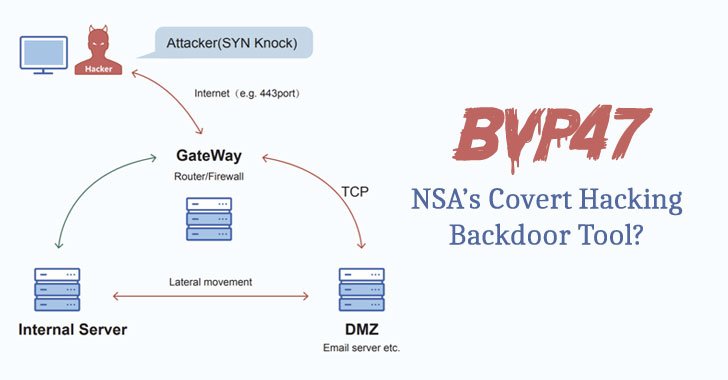Researchers Uncover New Data Theft Capabilities
Security researchers have detailed the inner workings of the commercial Android spyware called Predator, which is marketed by the Israeli company Intellexa (previously Cytrox).
Predator was first documented by Google’s Threat Analysis Group (TAG) in May 2022 as part of attacks leveraging five different zero-day flaws in the Chrome web browser and Android.
The spyware, which is delivered by means of another loader component called Alien, is equipped to record audio from phone calls and VoIP-based apps as well as gather contacts and messages, including from Signal, WhatsApp, and Telegram.
Its other functionalities allow it to hide applications and prevent applications from being executed upon rebooting the handset.
“A deep dive into both spyware components indicates that Alien is more than just a loader for Predator and actively sets up the low-level capabilities needed for Predator to spy on its victims,” Cisco Talos said in a technical report.
Spyware like Predator and NSO Group’s Pegasus are carefully delivered as part of highly-targeted attacks by weaponizing what are called zero-click exploit chains that typically require no interaction from the victims and allow for code execution and privilege escalation.
“Predator is an interesting piece of mercenary spyware that has been around since at least 2019, designed to be flexible so that new Python-based modules can be delivered without the need for repeated exploitation, thus making it especially versatile and dangerous,” Talos explained.
Both Predator and Alien are designed to get around security guardrails in Android, with the latter loaded into a core Android process called Zygote to download and launch other spyware modules, counting Predator, from an external server.
It’s currently not clear how Alien is activated on an infected device in the first place. However, it’s suspected to be loaded from shellcode that’s executed by taking advantage of initial-stage exploits.
“Alien is not just a loader but also an executor — its multiple threads will keep reading commands coming from Predator and executing them, providing the spyware with the means to bypass some of the Android framework security features,” the company…






